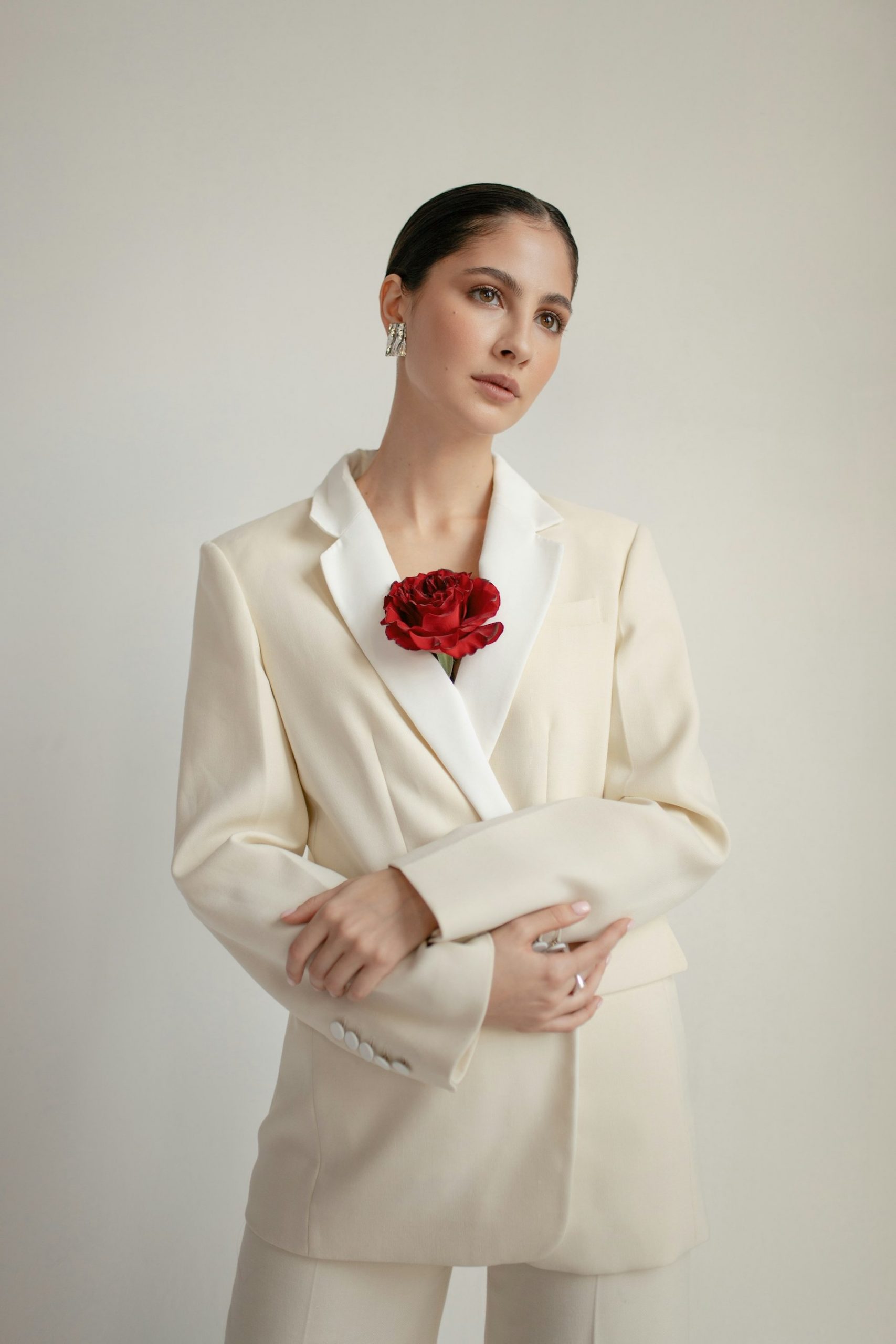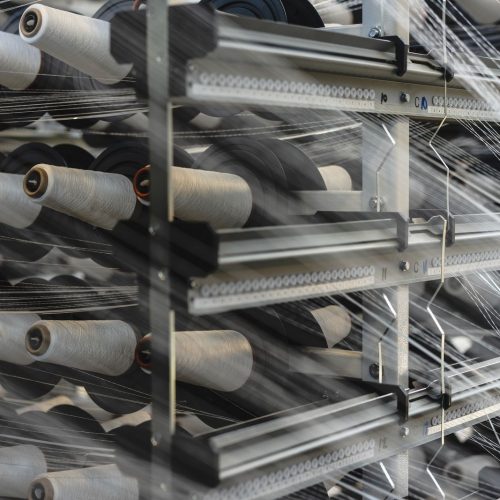The True Cost of Sustainable Fashion | What Exactly Are We Paying For?
In an era stained by fast fashion and hyper-production, sustainable brands are pioneering a way for change, introducing a series of quality, durable, and ethically-made pieces to a poorly saturated market. All of these factors – the better materials, the living wage compensations, the longevity – get totaled up into the cost of sustainable products, leveraging them at slightly higher price points when compared to the faster fashion alternatives.
To receive the Luxiders newsletter, sign up here.
There is a common conception that shopping sustainably – whether it be for groceries, cosmetics, apparel – is not nearly as accessible or affordable as alternative, lesser sustainable options. While there is certainly some validity to this claim – for a series of reasons we will get into below, sustainable products do tend to be priced slightly higher than counterpart products – the perceived “expense” of the sustainable market — take, for instance, fashion — only really comes into play when compounded by a context of faster fashion models.
The growing fast fashion market has invigorated a dangerous mentality among its consumers; which is that paying $10 – or, in some cases, even less – for a dress is normal, just as wearing that same dress one time – perhaps to a gaudy sweet sixteen party or out for drinks with one's' friends – is normal. In reality, our casual outlook towards rock-bottom prices and single-use ideologies is not necessarily grounded – instead, it is a product of the industry’s embrace of hyper-productive models. Along with the normalization of fast fashion comes the inherent normalization of exploitation culture – both of the laborers who are tasked with the manufacture of our clothing and the environment which bears the toll of resource extraction.
Sustainable clothing, on the other hand, prioritizes ethics in addition to the quality and durability of their pieces. An overall smarter and more responsible choice, these pieces do tend to be more expensive (mostly in comparison to those aforementioned $10 dresses from brands like Shein and H&M), but worth every additional penny. Here’s why…

© Vanessa Serpasvia Unsplash
BETTER MATERIALS
For starters, sustainable brands typically craft their pieces from natural resources, which are collected and manufactured through labor intensive processes of farming and harvesting. Natural textiles – while priced slightly higher – are more comfortable, durable, and overall better for the planet. As opposed to synthetic fibers, natural materials – like silks and linens – are biodegradable, and therefore do not take nearly as long to decompose (synthetic fibers like nylon or polyester, both essentially crafted from plastics, can take thousands of years to fully decompose), easing the burden of landfill waste. Similarly, sustainable textiles are dyed using natural, instead of toxic, ingredients; contributing to a lower environmental pollution rate and cleaner waterways.
FAIR WAGES
A huge part of sustainable practice is social responsibility – a factor which has unfortunately been compromised by the negligence of fast fashion companies. The all-time low prices of fast fashion reflect the exploitative practices that make these prices possible in the first place; an estimated 2% of garment workers earn a living wage, leaving the remaining 98% somewhere under the line of poverty. Many of these factories are outsourced abroad in countries – such as Vietnam, Cambodia, and China – where labor regulations are looser, permitting contractors to blatantly violate minimum wage and overtime laws. An overwhelming percentage of employees are women aged 18-24, making this a feminist, as well as a humanist, issue.
Sustainable brands take social responsible initiatives, partnering with ethical factories where workers are paid living wages. Fair pay for all workers involved means prices of our garments may increase slightly to accommodate this worthwhile shift. We firmly believe that no one should suffer for the clothing we wear.
LONGER LIFE-CYCLE
More so than from fast fashion companies, products from sustainable brands tend to be longer-term investment pieces. That tell-tale phrase “you get what you pay for” is particularly resonant here. As can be easily observed, apparel from brands like H&M or Chinese super retailers like Shein or Temu are poorly made from low-grade materials – they feel cheap, they rip, their threading comes loose. Since these products are mass-produced with less expensive textiles and by poorly-compensated workers, they are not manufactured particularly well or with much care.
Sustainable brands, partially due to their material use and partially due to their concentrated methods of minimalist production, place emphasis on the quality of their items, enhancing the lifecycle of the products we wear and encouraging less textile waste. Sustainable pieces can be worn time and time again – if you’re keeping track, you get a lot more bang for your buck from pieces you can wear 20 times as opposed to pieces you can wear once or twice.

© Aiony Haustvia Unsplash
So, while sustainable items do tend to run a bit higher in price, when you buy sustainably you are buying into a value system which prioritizes the comfortability and wellbeing of those who produce the clothing and those who wear it. Sustainability is not just a trend – it is the future direction of the fashion industry. And, as is the case with any business, supply directly represents demand. As demand for sustainable products continues to increase, prices will go down – (though production levels will never come close to that of fast fashion, and prices will probably never plummet to the concerningly low prices of faster fashion counterparts).
Sustainable brands are helping us to redefine our relationship with our clothing. In a generation bound by the conventions of seasonality and speed, these brands are pioneering movements away from hyper-production, aiming to correct the indiscretions of fast fashion corporations. However, in order for sustainable companies to flourish, we must recognize the power of our choices and make diligent buying decisions, spending our money on clothing that aligns with our system of beliefs.
Highlight Image:
@ Unsplash, Markus Spiske
+ Words:
Tori Palone
Luxiders Magazine




